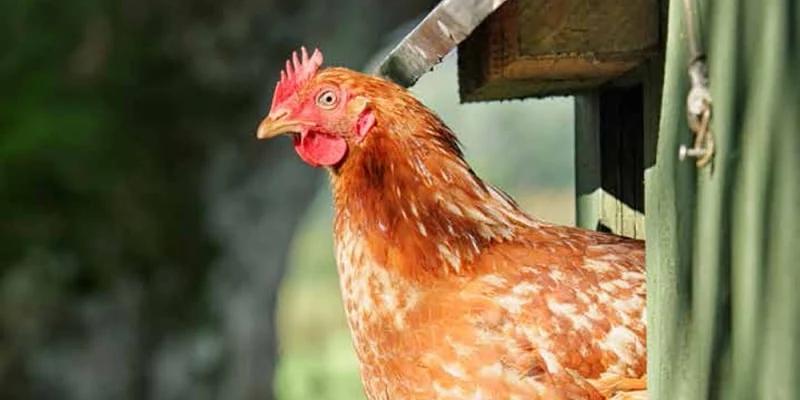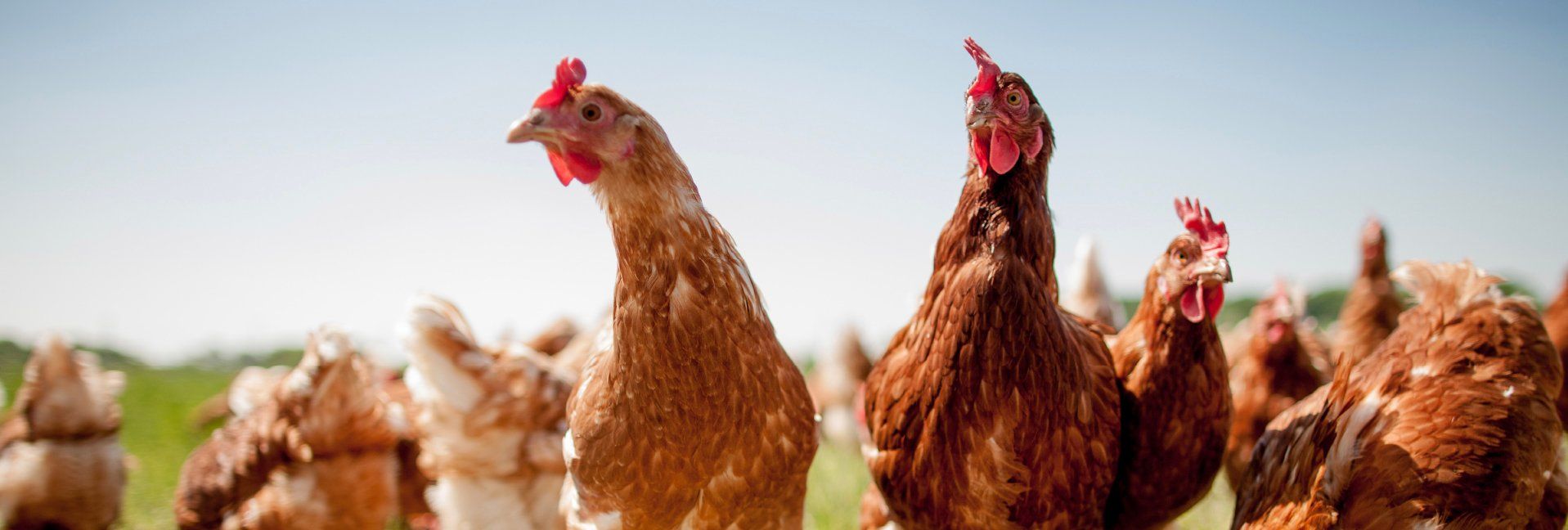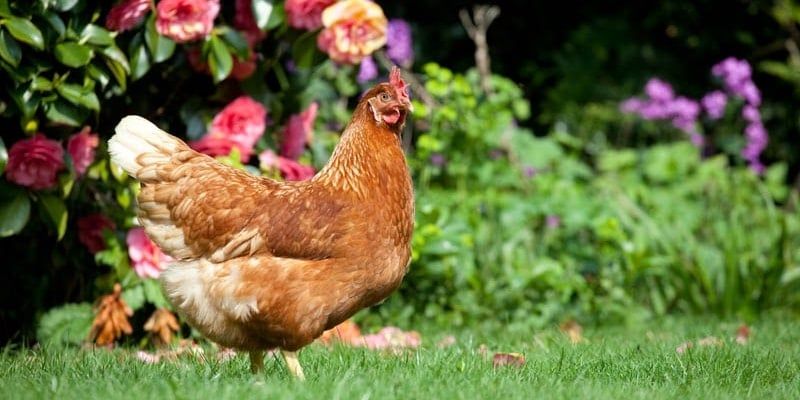Wisconsin Sees Surge in Poultry Association Membership
Poultry Passion Takes Flight Among Young Farmers


Is the poultry hobby dying?
That is the latest question for many poultry philosophers.
There’s an impression that pure-bred, exhibition poultry is on its last leg. Where will it be in 10 years? Twenty years? The truth is, we don’t know. Regardless, the poultry hobby is not dying. It is simply changing and adapting.
APA Membership Growing
American Poultry Association (APA) membership is at an all-time high. Many people who breed and exhibit poultry are not members of any organization. During COVID-19, hatcheries sold more birds than ever; years later, they still are!
Wisconsin’s two largest fall shows have broken exhibitor records for the past two years. There is an upswing in junior exhibitors at APA/ABA shows in particular areas, even though 4-H and FFA participation is low. Those organizations get young people started in the hobby, and our junior organizations are still growing. With these few things considered, how can the poultry hobby be dying?
Adapting, Not Dying
According to seasoned breeders, this hobby has changed and adapted to the ways of the modern world.
Often, the challenge is to name five “legitimate” breeders of some particular breed and variety around the country. It is difficult to list five qualified names, especially when you start asking what it means to be a breeder. It’s true that we have few breeders and many buyers. This isn’t always a bad thing.
Buyers make the hobby thrive, and breeders need income to keep breeding quality birds. This dynamic was present decades ago. It isn’t a sign of death to the hobby. It illustrates that the few people who devote their lives to what they love can make the biggest impact.
Back in the days of black and white photos, people lived differently. The economy was not the same. Entertainment and technology were extremely different. When breeders wanted to talk about birds, they wrote letters. Today, everyone can reach you in a second by sending a message on Facebook.
Print publications like “Poultry Press” and “The Exhibitor” are being replaced by social media. You no longer have to wait a month to see show results and photos of birds. They are posted within minutes of judging. Social media and technology are useful tools that have changed the business landscape.
Family Farms Face Commercial Pressure
Twenty years ago, many small, family-operated dairy farms around Wisconsin existed. Their numbers have drastically decreased since then.
Many farms still in business grew their operations and focused solely on dairy. In the past, dairy farms were integrated with flocks of poultry for laying and meat.
My grandma, who grew up in South Dakota, told me about their geese, ducks and chickens. Growing up, we got fresh milk from the bulk tank, butchered our birds, collected our eggs, slaughtered our hogs and lambs on the farm, and had a garden to can numerous produce. This was a sustainable form of living.
Fast forward to today and many of these family farms are gone, and many younger folks are raising birds as a hobby; not to make money. Costs of housing and land have skyrocketed! Making a simple living isn’t the same as it used to be.
String Men Made a Living
Let’s not forget the days of string men. Remember when people traveled from fair to fair, showing a string of poultry? Sometimes, they would fill a rail car with their exhibition birds. Typically, veteran string men tell their stories, such as how they used to acquire birds from auctions and various breeders to put together their fair lineup.
The few remaining string men have retired. With a few exceptions, the days of breeders raising many breeds and varieties of birds to sell or show in strings are behind us. Many people today can’t envision showing more than 10 to 20 birds at a show, let alone 50 or a couple hundred.
Judging Adapts
This has also affected our judges. The best way to learn about different breeds is to raise them. This is extremely important because the APA no longer awards specialty licenses. Every new judge gets a “General License” and is tested on all species in the Standard of Perfection, sometimes without raising a duck, goose, turkey or guinea.
Many people cannot afford to raise that many birds or don’t have the space. Waterfowl is a prime example of this situation. Waterfowl exhibitors always express the need for more judges. When asked, the judges say they don’t have the space or the place to raise them. This hurts the hobby and our future judges, even though it is not the judges’ fault that they cannot breed waterfowl.
The hobby is not dying. As culture changes and the world develops, people adapt. It is no longer a way of life. The dynamic of the poultry hobby is changing. Current purebred poultry enthusiasts need to make sure it doesn’t die in the future.
About the Author
Nate Rynish is a Wisconsin native. His involvement with poultry goes back to his days of 4-H. He is now an APA/ABA licensed judge. He has devoted his time to service on the board of directors for several organizations. He raises several breeds of exhibition poultry, mostly waterfowl.
Tags:Poultry Today

Chicken Whisperer is part of the Catalyst Communications Network publication family.











